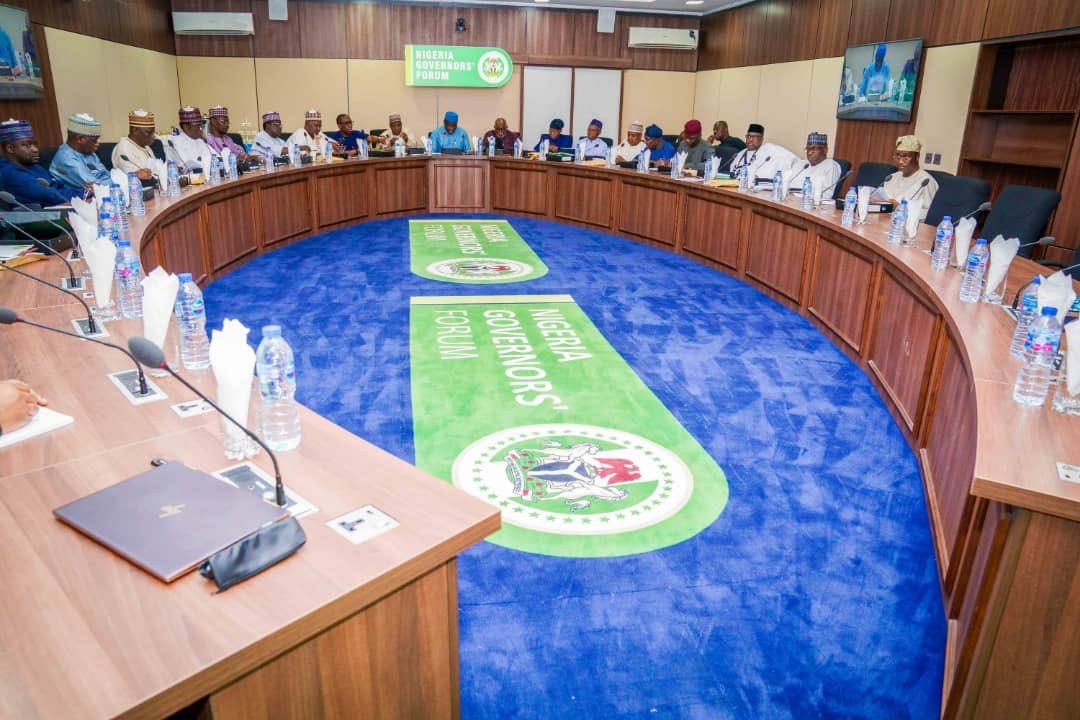•Governors’ borrowing spree has left states poorer, pensioners, workers lament
•Govt must avoid short-term borrowing that may harm state finances, dons warn
Amid worsening revenue challenges, state governments’ indebtedness to commercial banks has risen to N2.2tn.
The latest data from the quarterly statistical bulletin of the Central Bank of Nigeria, obtained by our correspondents, showed that states and LGAs owed banks about N2.21tn as of March 2023.
CBN data also revealed the states’ indebtedness rose from N1.97tn to the current figure, indicating an increase of about N240bn within the period under review.
Reacting to the development, state government workers and pensioners’ unions lambasted governors, saying the rising borrowing by governments had only worsened the finances of the states.
The National Union of Local Government Employees and state chapters of the National Union of Pensioners said the bank’s loans did not translate to better infrastructure and improved welfare for workers and pensioners.
Meanwhile, A popular Newspaper further observed the borrowing from banks was about 40.33 per cent of N5.48tn sub-national debt.
Data from the Debt Management Office showed that the 36 states and the Federal Capital Territory owed about N5.48tn as of March 31, 2023.
This was an increase of 13.22 per cent from N4.84tn domestic debt as of March 31, 2022.
Lagos was the top debtor with about N812.38bn as of March 31, 2023.
It was followed by Ogun (N293.2bn), Rivers (N255.51bn), Akwa Ibom (N206.64bn), and Imo (N202.55bn). Jigawa had the least domestic debt of N43.59bn as of March 31, 2023.
It was followed by Kebbi (N60.94bn), Katsina (N62.37bn), Nasarawa (N71.45bn), and Ondo (N75.51bn).
Meanwhile, about 25 states in Nigeria suffered a drop in their internally generated revenue in the first quarter of 2023, according to the budget implementation report of states analysed by The PUNCH.
The data showed that 25 states earned N182.26bn in Q1 2023.
This was a shortfall of 3.07 per cent or N5.77bn from the N188.03bn made in Q4 2022, based on a quarter-by-quarter analysis.
Although there are 36 states in Nigeria, Rivers and Sokoto have no data for Q1 2023 yet; Akwa Ibom has no data for Q1 2022, while Kwara, Edo, Kaduna, Lagos, Bauchi, Zamfara, Yobe, and Ogun have no data for Q4 2022.
Therefore, the figure for IGR was limited to 25 out of the 36 states in the country.
The PUNCH findings showed that the 25 states projected an IGR of N219.56bn for Q1 2023 but only made about N182.26bn.
A non-governmental civic organisation, BudgIT, in its 2022 State of States report, noted that states often rely heavily on revenue from the Federal Government.
The PUNCH also learnt that these 25 states have a total domestic debt of N3.12tn in Q1 2023, an increase of N130bn in three months.
In its December 2022 edition of the Nigeria Development Update, the World Bank noted that states’ debts would rise above 200 per cent of the revenue generated in 2022 and 2023.
The report read, “Debt levels for an average state are estimated to increase from 154.6 per cent of revenues in 2021 to above 200 per cent of revenues in both 2022 and 2023.”
According to the Washington-based bank, the increase in debts will be due to low allocation from the Federation Account, which will likely weaken the fiscal condition of the states.
It warned that many states would be unable to meet up with their expenditures, adding that there was an increase in debt servicing expenditures of states.
Worker protest
Reacting, the Chairman of the Association of Senior Civil Servants of Nigeria, Enugu State Chapter, Mr Igbokwe Chukwuma, said such borrowing did not translated to better welfare for workers.
He said, “That comes as a surprise to me. I can say that there is no evidence that such funds were used to pay the arrears of workers. States like Abia, Plateau, Benue, etc are still in arrears of salaries ranging from three to nine months.








